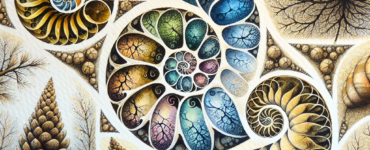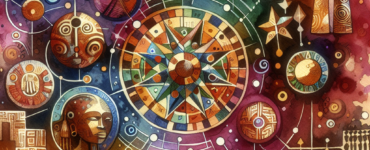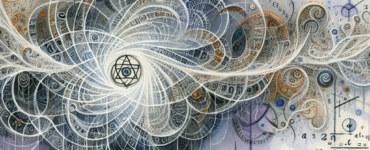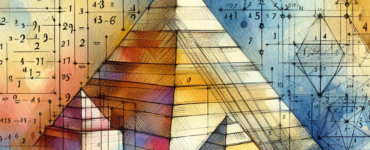Have you ever wondered how ancient civilizations incorporated mathematics into their daily lives and beliefs? One fascinating example from ancient China is the magic square, a square grid filled with numbers so that every row, column, and diagonal adds up to the same total.
But what exactly is the significance of this mathematical puzzle, and why has it captivated scholars and mathematicians for centuries?((https://www.rigb.org/explore-science/explore/blog/fascination-magic-squares))
The earliest known magic square in China appears in “Yijing” or “The Book of Changes,” which dates back to around 2800 BC((https://www.laetusinpraesens.org/docs00s/taote7.php )). This magic square was known as the Lo Shu Square.((https://michaeloon.com/lo-shu-square/ )) According to legend, the square was revealed on the shell of a tortoise from the Lo River, presenting a 3×3 grid where the numbers 1 to 9 were arranged so that their sum in any direction was 151.
This square wasn’t just a numerical curiosity; it held deep cosmological significance. It symbolized the harmony of the universe and was integral to Feng Shui2, an ancient Chinese practice of arranging pieces in living spaces to create balance with the natural world. This magic square was a tool to help people align with the cosmic order3.
Magic squares were further developed in Chinese mathematics, becoming more sophisticated with time. Another significant advancement was the 4×4 magic square known as the “Jupiter square,” with a magic constant (the fixed sum of the numbers in any row, column, or diagonal) of 34.((https://www.johndcook.com/blog/2011/05/03/jupiters-magic-square/)) These squares had applications in astrology and divination and were even used in architectural designs to bring auspiciousness and harmonize with celestial energies.
The use of magic squares spread beyond China, influencing mathematical thought in India, the Arab world, and Europe.((https://nrich.maths.org/magic-square-intro)) It demonstrates the universality of mathematics and its power to connect diverse cultures. The legacy of the magic square in mathematics is vast, contributing to number theory and algebra and intriguing mathematicians worldwide with its properties and the challenge of creating larger, more complex squares.
The magic square from ancient Chinese mathematics reminds us that math is not just about calculations or solving equations; it’s a language that transcends time and culture, capable of expressing ideas about the universe and our place within it. Let this inspire you to look beyond the numbers and see the magic in mathematics.






































Add comment